
News

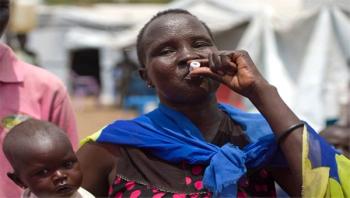
When violence erupted in South Sudan at the end of 2013, tens of thousands of people fleeing the conflict sought refuge in United Nations bases positioned around the country in the hope that peacekeepers stationed there would protect them. The bases were quickly overwhelmed, with families crammed together with little or no access to safe water or sanitation. Then the rainy season approached, increasing the risk of waterborne diseases, in particular cholera, which is endemic to the country – with the potential for explosive outbreaks in the congested camps.

On Dec. 26, 2013, a 2-year-old boy living in the Guinean village of Meliandou, Guéckédou Prefecture was stricken with a rare disease, caused by the filament-shaped Ebola virus. The child is believed to be the first case in what soon became a flood-tide of contagion, ravaging the West African countries of Guinea, Sierra Leone and Liberia, infecting, according to the World Health Organization, more than 21,000 cases as of Jan. 21, with nearly 9,000 confirmed deaths -- the actual toll likely much higher
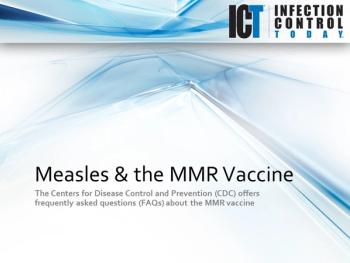


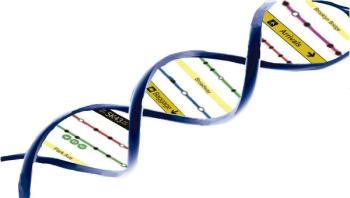

Forget the five-million plus commuters and untold number of rats -- many of the living things crowded into the New York City subway system are too small to see. An interest in the more menacing among these microbes led high school student Anya Dunaif, a participant in Rockefeller's Summer Science Research Program, to spend her vacation swabbing benches and turn styles beneath the city. Among her findings: bacteria impervious to two major antibiotics.


A breakthrough discovery in antibiotic compounds used to treat resistant strains of bacteria has earned University of South Florida associate professor of microbiology and molecular biology Lindsey (Les) Shaw PhD, and microbiology graduate student Whittney Burda a U.S. patent for their novel research.




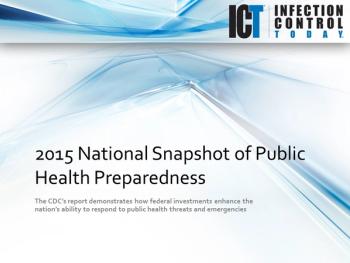

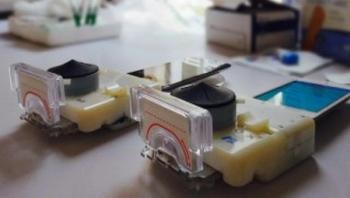
A team of researchers, led by Samuel K. Sia, associate professor of biomedical engineering at Columbia Engineering, has developed a low-cost smartphone accessory that can perform a point-of-care test that simultaneously detects three infectious disease markers from a finger prick of blood in just 15 minutes. The device replicates, for the first time, all mechanical, optical, and electronic functions of a lab-based blood test. Specifically, it performs an enzyme-linked immunosorbent assay (ELISA) without requiring any stored energy: all necessary power is drawn from the smartphone. It performs a triplexed immunoassay not currently available in a single test format: HIV antibody, treponemal-specific antibody for syphilis, and non-treponemal antibody for active syphilis infection

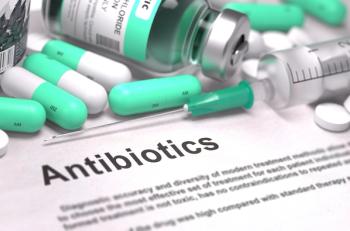

Researchers have cracked a code that governs infections by a major group of viruses including the common cold and polio. Until now, scientists had not noticed the code, which had been hidden in plain sight in the sequence of the ribonucleic acid (RNA) that makes up this type of viral genome. But a paper published in the Proceedings of the National Academy of Sciences (PNAS) Early Edition by a group from the University of Leeds and University of York unlocks its meaning and demonstrates that jamming the code can disrupt virus assembly. Stopping a virus assembling can stop it functioning and therefore prevent disease.








